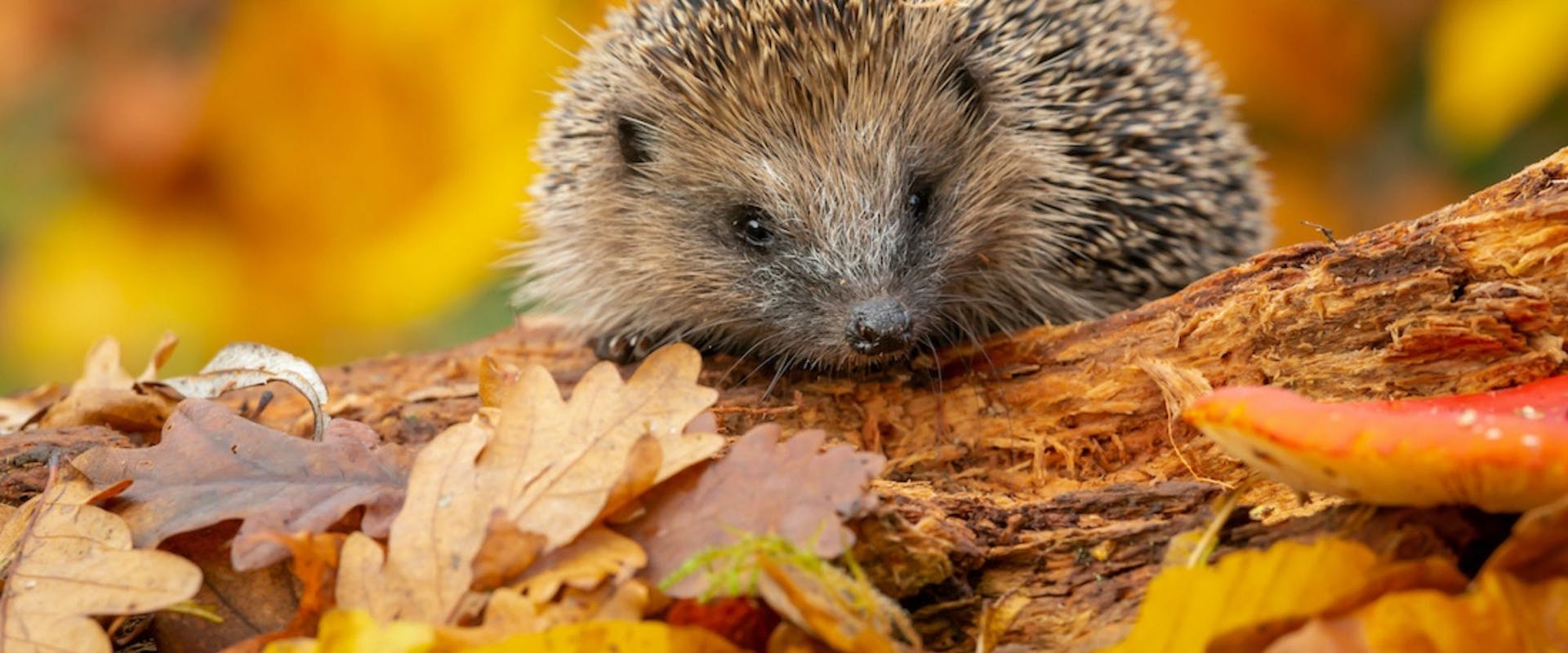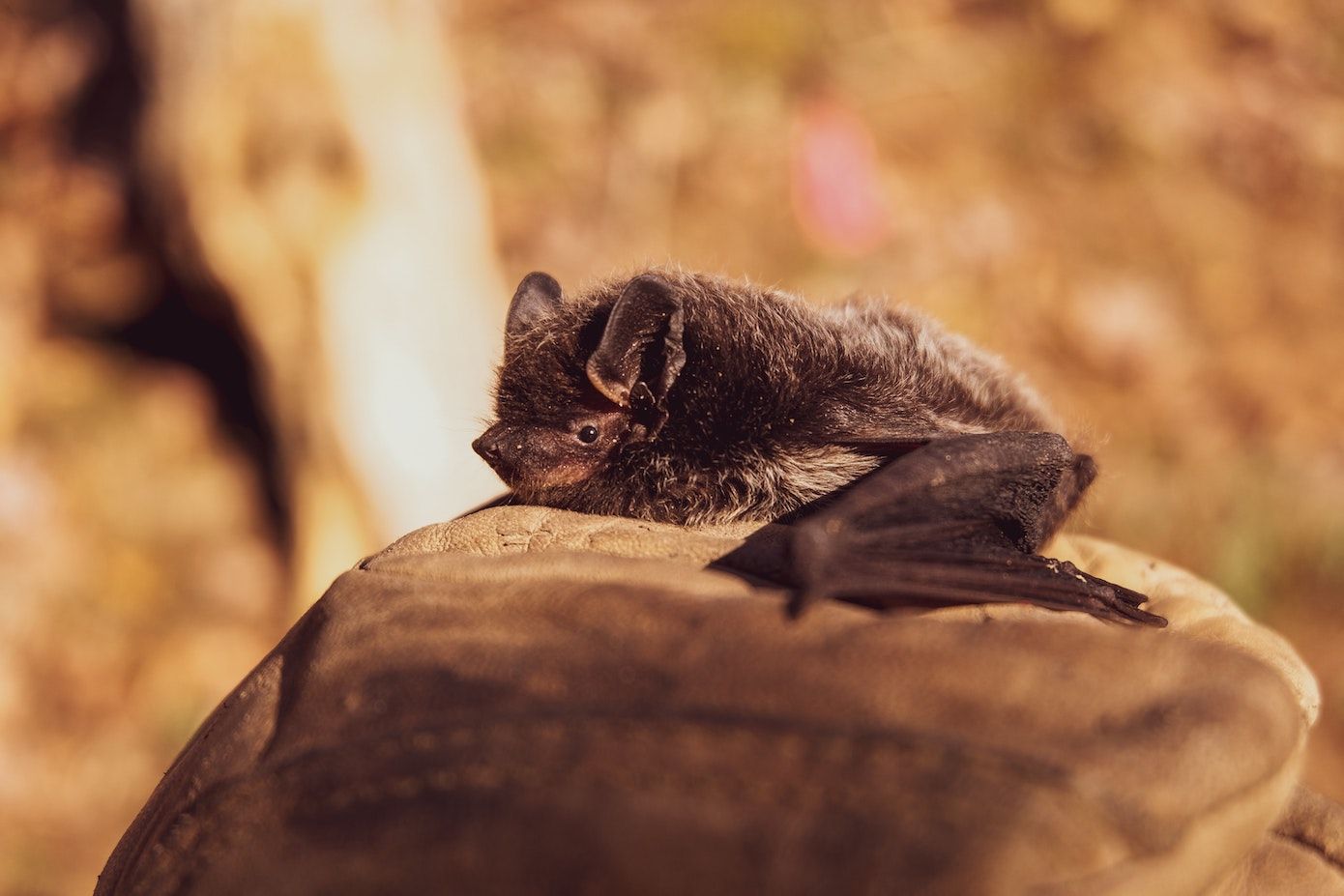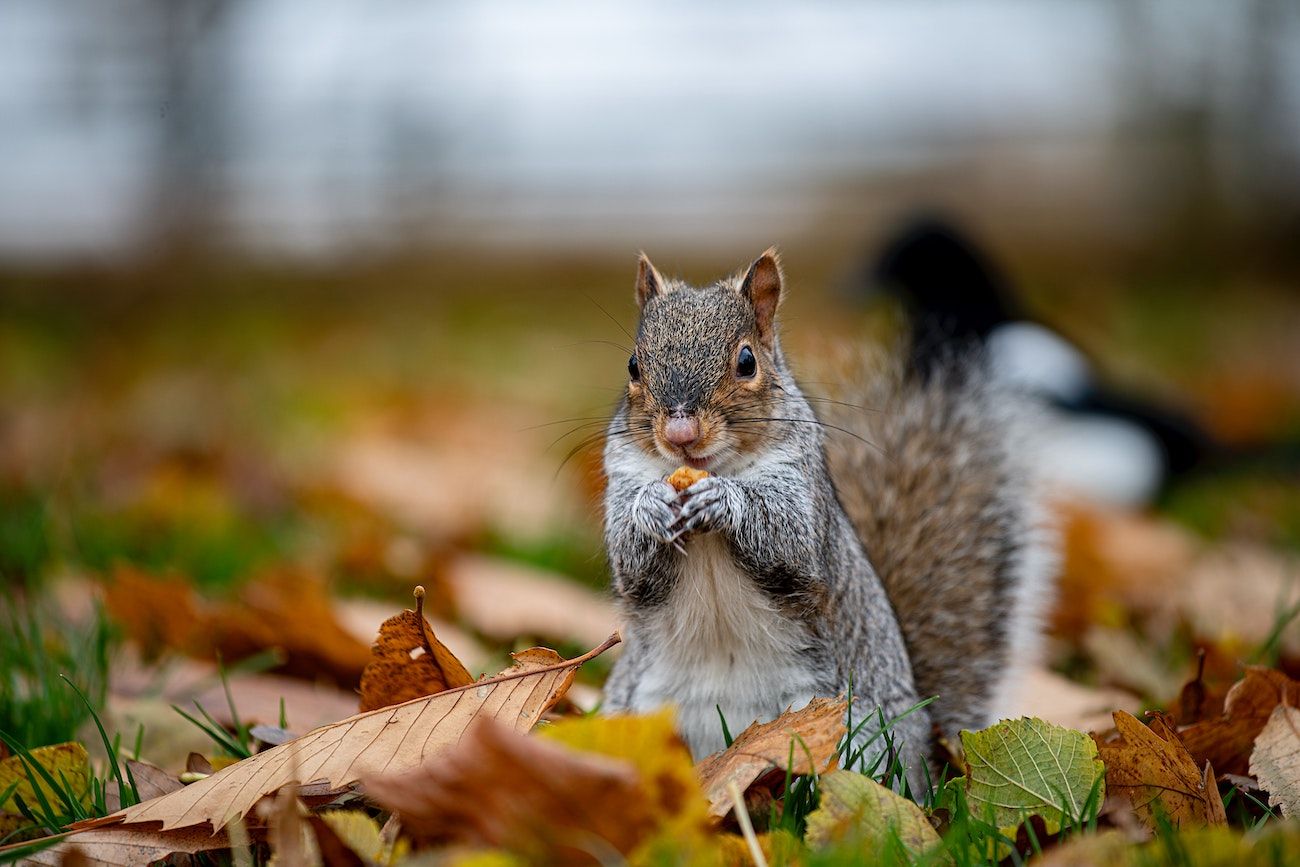Autumn watch: how to help our hibernating animal friends
updated on Oct 2, 2022

As winter draws closer, you might be wondering how you can best support local wildlife. While, in the UK, only hedgehogs, bats, and dormice are officially known to hibernate, many other species rest up and hide away to conserve energy – and there are numerous ways you can help!
Hedgehogs
These little creatures are perhaps the most likely hibernators to be found hanging around a British garden, so the best advice is to be cautious when tidying any potential hibernation spots near your house from late autumn.
If you have a compost pile, or are considering creating one, this is a particular favourite sleeping spot of hedgehogs, so you’ll be helping already! Just be careful when aerating or adding to your pile. Or, if you’re looking for other proactive ways to help, you could buy a specially-designed ‘hedgehog house’, or build a makeshift one from piles of discarded logs and leaves.
Tip:
Leave out tinned dog or cat food to help any travelling hogs build fat reserves. While it used to be common, it’s best not to leave milk out, as this can cause digestive problems for them.
Bats
Bats typically hibernate in groups, in quiet, cool areas – about 75% in trees in the UK, while the remainder might choose to roost under the eaves of buildings, or find their way into crevices in old brickwork.
The best thing you can do to help bats is simply not disturb them. Waking a hibernating creature can cost it a lot of its energy reserves, and, according to the Bat Conservation Trust, could lead to starvation for bats, as they lose their fats stores. But if you want more proactive suggestions, you could put up a bat box in a sheltered spot, roughly 4m above the ground.
Tip:
Invite more nocturnal flying insects into your garden, as food sources for bats, by planting night-scented flowers such as white jasmine, honeysuckle, and evening primrose.

Dormice
While they spend the summer months primarily in hedgerows or tree branches, in the winter these small mammals descend to the ground to nest in piles of logs or in grass clumps at the base of trees.
Leaving out food supplies can be helpful for when dormice do wake up, including berries, buds, and, in particular, hazelnuts, which are a great source of fat for them. If you have, or can plant, hazel trees, these are ideal habitats for dormice – and given their dwindling numbers, any help we can give to create mini sanctuaries for these mammals could be a huge bonus.
Tip:
Allow brambles and ivy to grow a little more wild where you can, as this can offer another good shelter option for visiting dormice.
Frogs
Amphibians often rest at the bottom of ponds over the winter months, so it’s best to clean them out before winter arrives. This gives frogs a clean and healthy environment, and helps prevent gas building up from decomposing materials below the surface if ice forms. If freezing conditions do occur, remember not to ‘smash’ the ice, as this could do more harm than good. Instead, heat the bottom of a pan, and rest this against the ice to melt air holes in it for any creatures within.
Squirrels
Help squirrels stock up on their food supplies by leaving out various nut options for them to collect throughout autumn (including walnuts, almonds,
and hazelnuts).

Bees
Consider keeping plants that offer sources of winter nectar for any remaining bees, such as winter heather, common ivy, and winter honeysuckle. Additionally, be wary when doing any DIY projects or renovations in case you disturb their nests.
Butterflies
Including ivy in your garden can offer shelter for butterflies over the cooler months, but also watch out as butterflies and moths can also be drawn inside your home by the heat (they believe it’s a ‘false spring’), and try to gently guide or move them out to somewhere cooler.
Proactive steps to take to create a wildlife-friendly haven in your backyard:
• Create an insect hotel: rewild sections of your garden by stacking up piles of logs, stones, or old bricks, and cover with leaves and twigs to make a cosy corner for critters.
• Check your bonfire: always be cautious before lighting any bonfires or burning garden materials, in case creatures have found their way in for shelter.
• Provide water: give non-hibernating animals a source of unfrozen water they can drink and bathe in.

